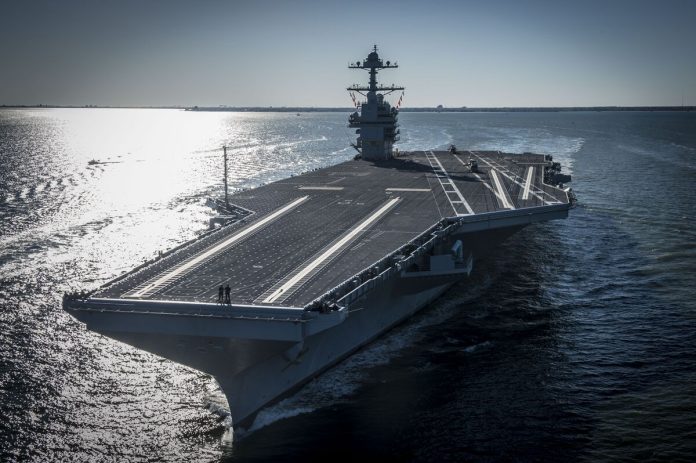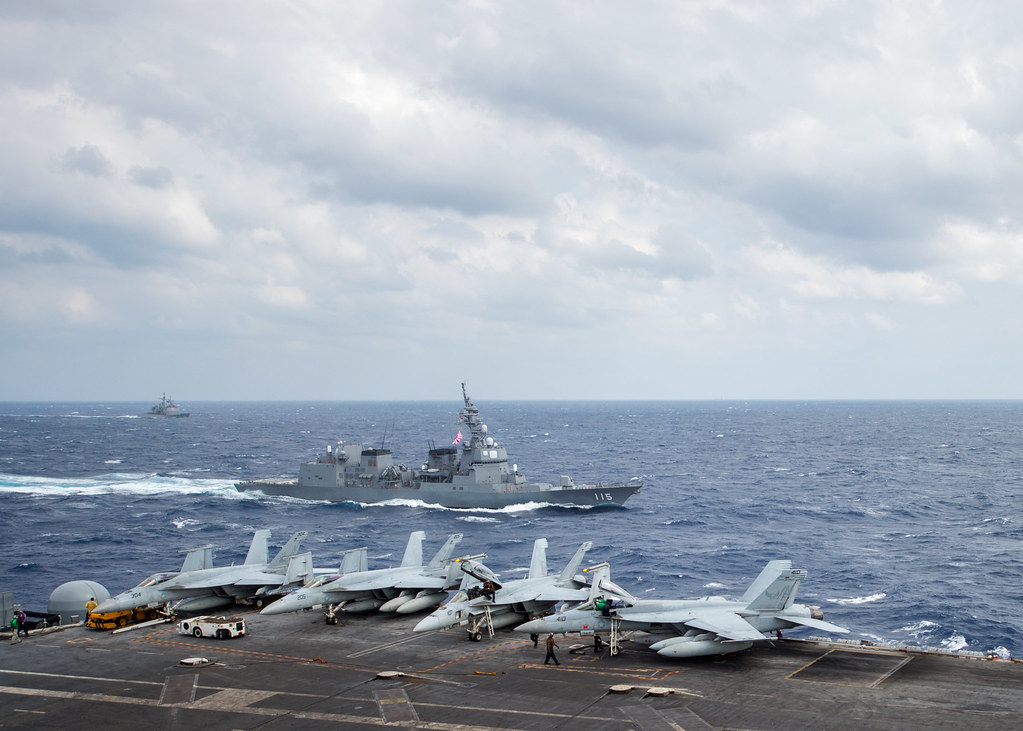
The future of U.S. naval superiority is, quite literally, on the horizon with the Ford-class aircraft carriers, representing a significant leap in naval aviation technology and capabilities.
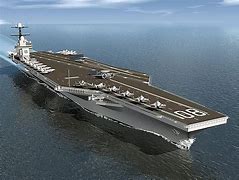
However, the anticipated deployment of these technological titans has hit a significant snag. The U.S. Navy’s third Ford-class aircraft carrier, the USS Enterprise (CVN-80), will not join the fleet before 2029 due to persistent supply chain challenges.

The Ford-class carriers, the most advanced aircraft carriers ever constructed, herald a new era in naval warfare. Introducing 23 groundbreaking technologies, these behemoths of the sea aim to revolutionize the way the Navy projects power across the globe.
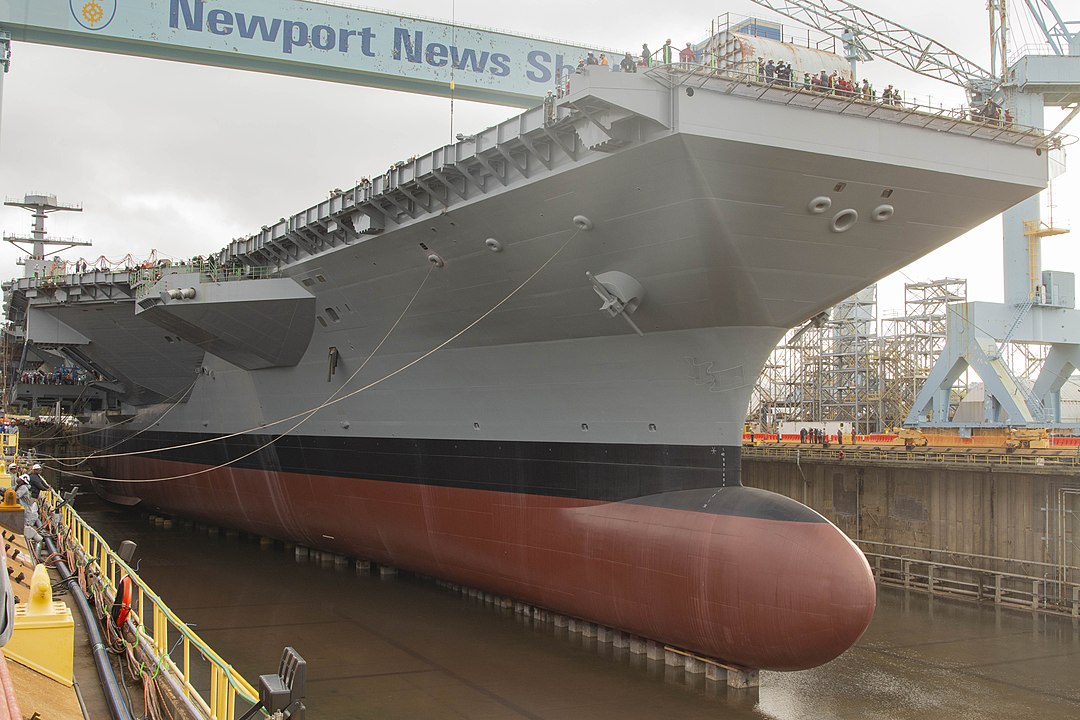
Notably, the Electromagnetic Aircraft Launch System (EMALS) and Advanced Arresting Gear (AAG) stand out as key innovations, aiming to enhance the launch and recovery of aircraft by 30% compared to their predecessors.
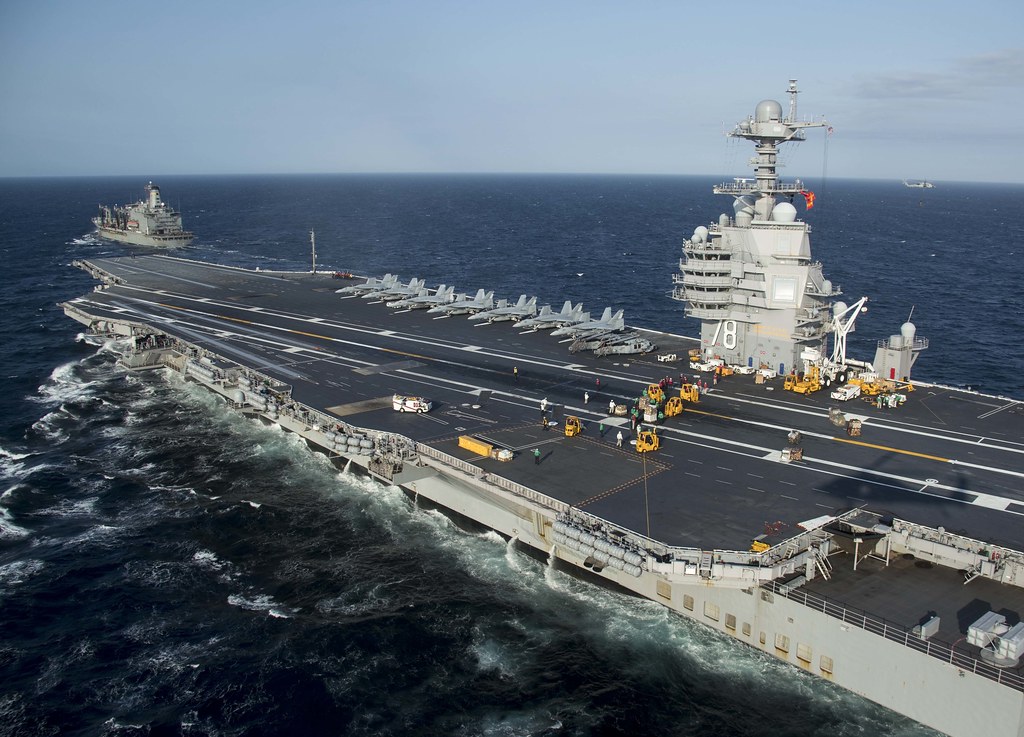
These systems are designed not only for efficiency but also to counter potential adversary advancements, such as Aerial Denial (A2/AD) technologies.

NORFOLK (Feb. 13, 2009) The Nimitz-class aircraft carrier USS Harry S. Truman (CVN 75) transits up the Elizabeth River as it passes the downtown Norfolk waterfront after completing a successful and on-time six-month Planned Incremental Availability at the Norfolk Naval Shipyard in Portsmouth, VA. (U.S. Navy photo by Mass Communication Specialist 3rd Class Tyler Folnsbee/Released)
However, innovation comes with its own set of challenges. The high-tech features that distinguish the Ford-class from the Nimitz-class, including EMALS and AAG, have experienced reliability issues, posing questions about their operational readiness.

Indian Ocean (Mar. 15, 2005) – The Nimitz-class aircraft carrier USS Carl Vinson (CVN 70) underway in the Indian Ocean prior to flight operations. The Carl Vinson Strike Group is currently on deployment to promote peace and stability and respond to emergent events overseas. USS Carl Vinson will end its deployment with a homeport shift to Norfolk, Va., and will conduct a three-year refuel and complex overhaul. U.S. Navy photo by Photographer’s Mate 3rd Class Dusty Howell (RELEASED)
The Pentagon’s Director of Operational Test & Evaluation noted that the “reliability of CVN 78 catapults, arresting gear, and jet blast deflectors continues to have an adverse effect on sortie generation and flight operations efficiency.”

ATLANTIC OCEAN (Jan. 27, 2010) The Nimitz-class aircraft carrier USS George H.W. Bush (CVN 77) is underway in the Atlantic Ocean conducting sea trials. George H.W. Bush will return to homeport at Naval Station Norfolk, Va. to begin the workup cycle towards deployment after an extensive seven-month post shakedown availability and selective restrictive availability trials. (U.S. Navy photo by Mass Communications Specialist 1st Class Jason Winn/Released)
Delays in the delivery of the USS Enterprise highlight a broader systemic issue within the U.S. Navy’s shipbuilding efforts.
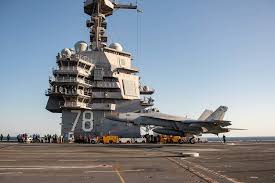
Initially scheduled for 2028, the supercarrier is now expected to arrive no earlier than September 2029, with the possibility of further delay until May 2030.
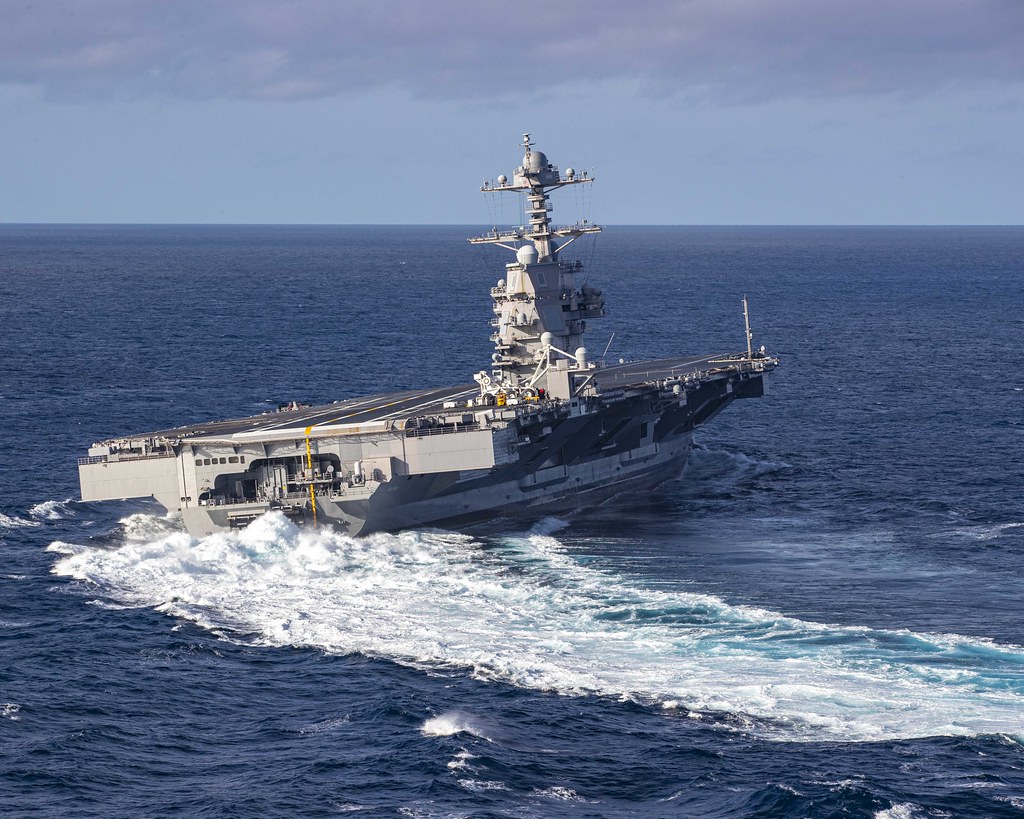
Supply chain complications and lingering COVID-19 effects are the primary culprits, exacerbating an already complex manufacturing process.

HII’s Newport News Shipbuilding, tasked with the construction of the USS Enterprise, expressed concern over the disruptions to the supply base amidst high demand for materials and products.

Spokesperson Todd Corillo stated, “Any deviation that lengthens intervals between platforms compared to previously approved shipbuilding plans and forecasts is concerning because of the potential disruption to our supplier base.”
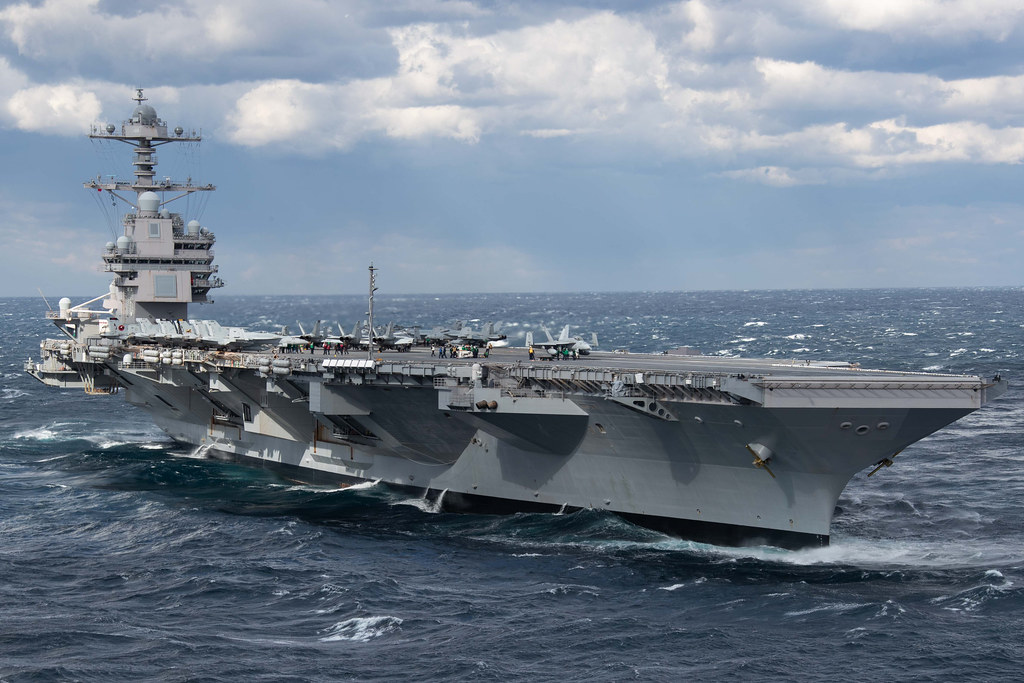
The financial aspect also weighs heavily on the program. The first ship in this class, USS Gerald R. Ford, came with a staggering $13 billion price tag, though costs are expected to decrease with the subsequent builds.

Still, the Ford-class carriers cost between $6 billion and $10 billion more than any other carrier, including the vessels they are set to replace.
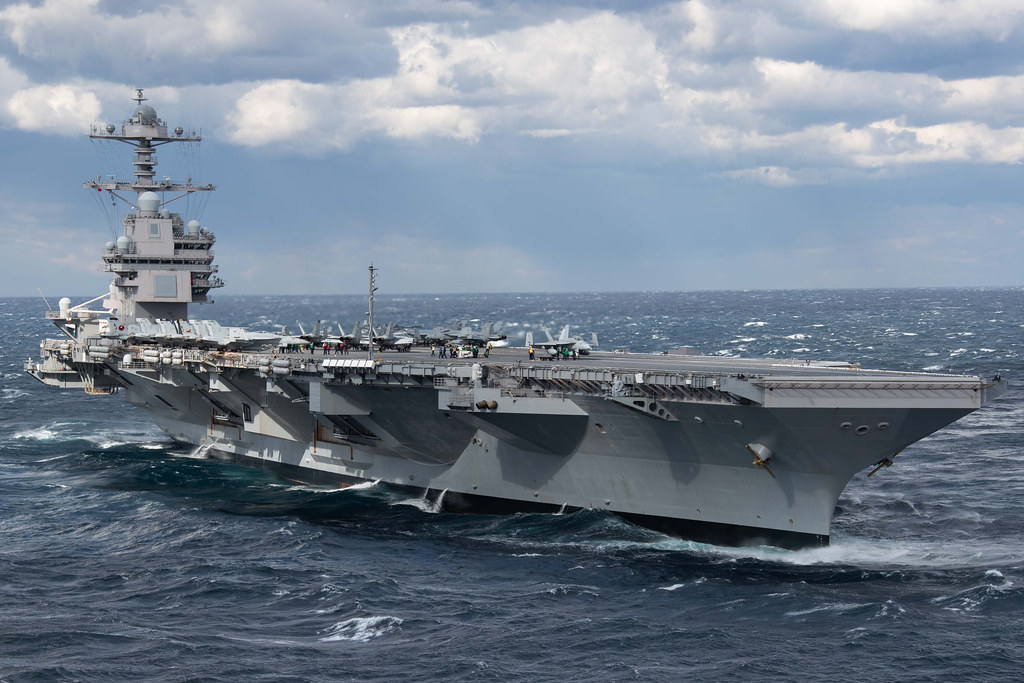
The $13 billion Ford-class program (per aircraft carrier) has encountered issues, such as reliability problems with launch and recovery systems. These challenges underscore the complexities of integrating new technologies into naval operations.
Relevant articles:
– Ford-Class: Problems Keep Piling Up for America’s Most Expensive Aircraft Carrier, The National Interest
– Ford-Class Aircraft Carrier vs. Nimitz-Class: What Makes Them Different?, nationalinterest.org
– The U.S. Navy’s Ford-Class Aircraft Carrier Might Be 1 Giant Headache, The National Interest
– The US Navy’s grappling with another Ford-class supercarrier delay that could run into the next decade, Business Insider
